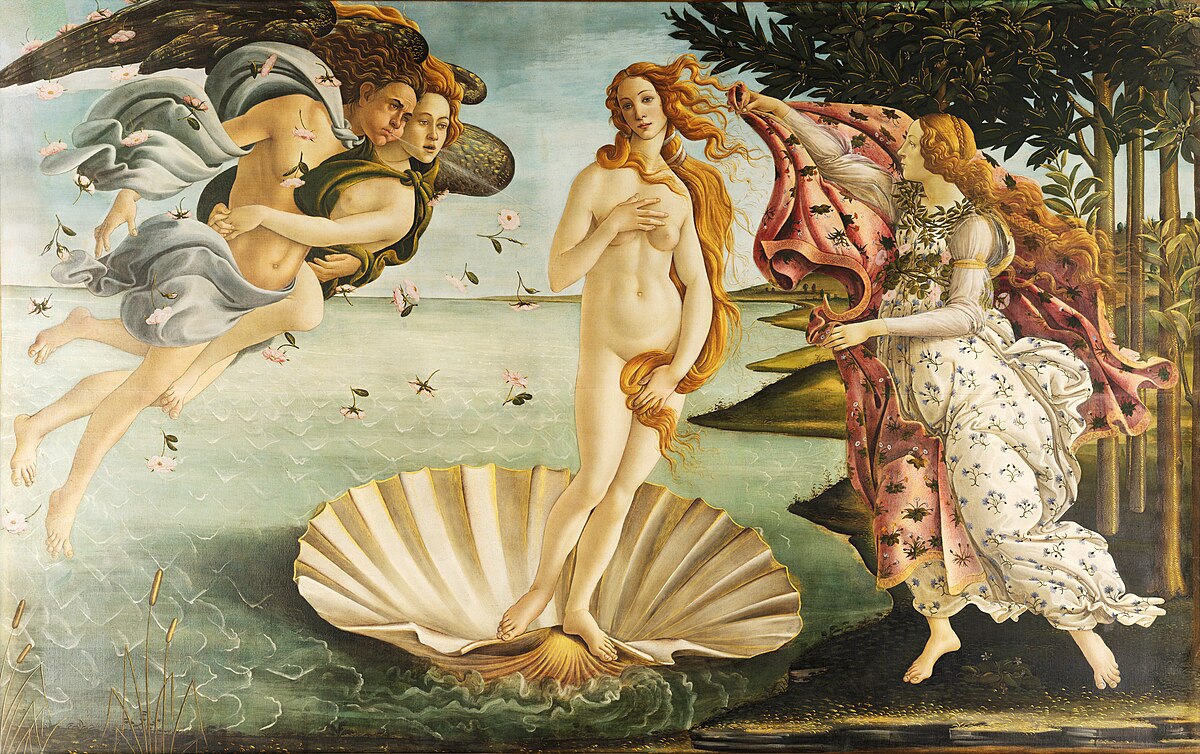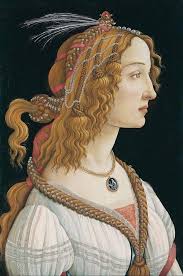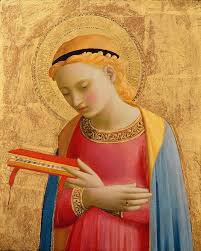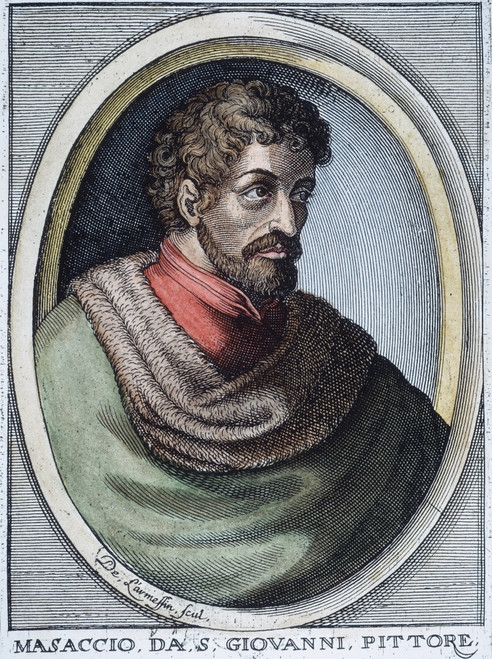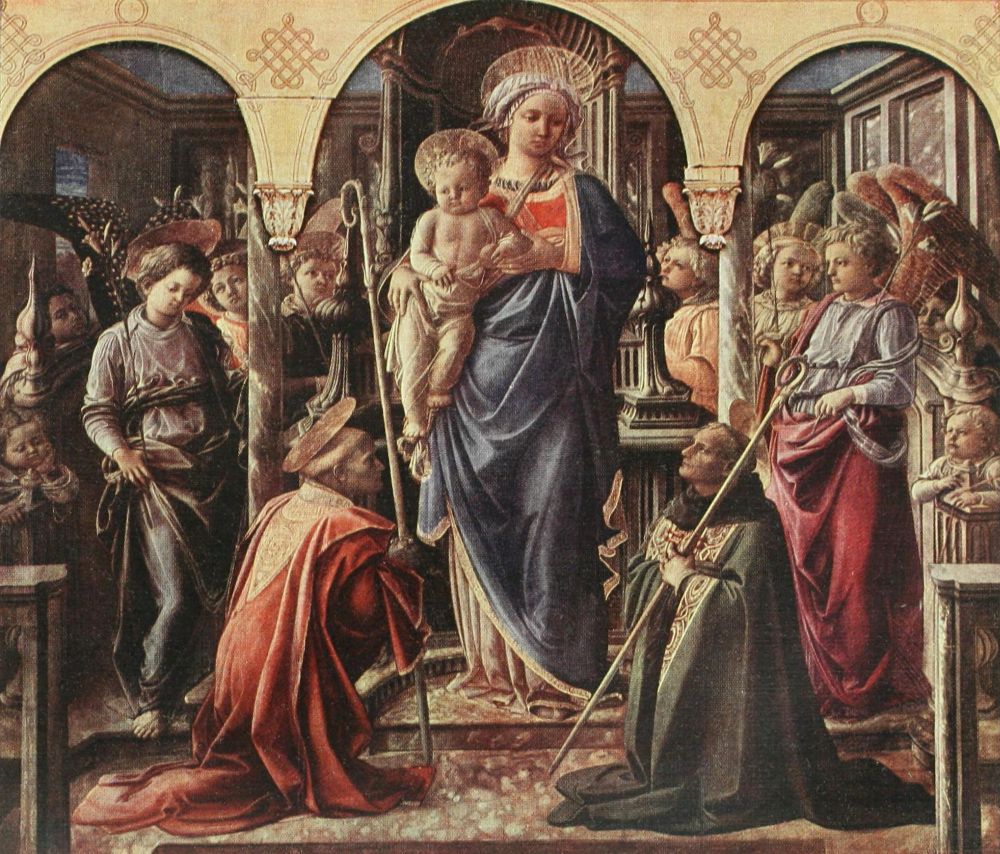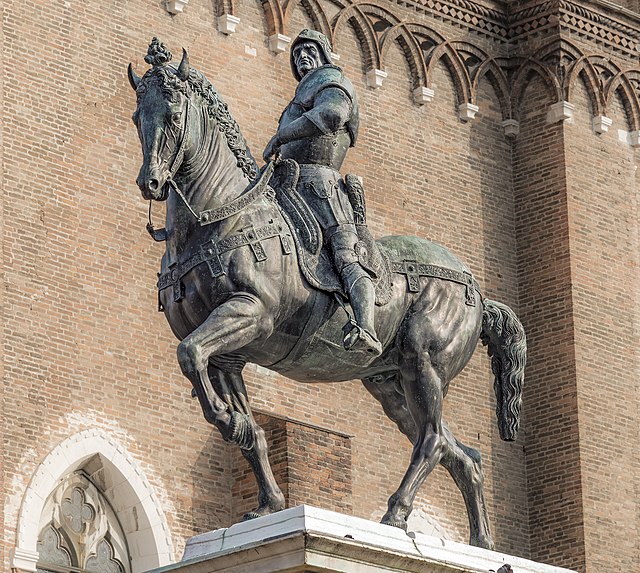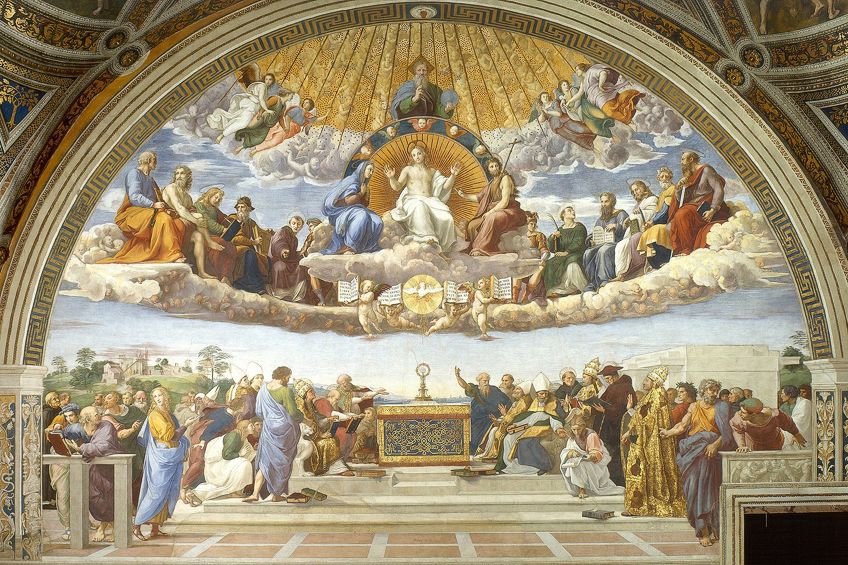Sandro Botticelli
Sandro Botticelli (1445-1510) was a Renaissance painter. He was known for his artistic and humanly realistic depictions of the divine, such as "The Birth of Venus".
Origins
Sandro Botticelli, originally named Alessandro di Mariano Filipepi, was born in the city of Florence, Italy, in 1445. Sandro's father was a tanner that worked with leather. Not much is known about Sandro's childhood or teenage years; however, it is believed that he had a privileged childhood compared to the average Florentine child of that time. It is known that Sandro had connections with many prominent families, such as the Medici family and others from Florence who were also patrons of artists.
An influential figure
Sandro was a much-revered figure in art history. Botticelli's works have had an everlasting impact on the world of art. As well as the small number of mythological subjects which are his best-known works today, he painted a wide range of religious subjects and also some portraits. His best-noted works are The Birth of Venus and Primavera, both in the Uffizi in Florence.
Venus
The Birth of Venus is a painting of a mythological subject by Sandro Botticelli, dated around 1486. The picture depicts the goddess Venus arriving at the shore after her birth when she had emerged from the sea fully grown (called Venus Anadyomene and often depicted in art). Her pose is based on classical statues of Venus, but Botticelli has created a new type of image that was not found in classical art. Botticelli has shown his admiration for both classical antiquity and recent developments in Florentine painting.
